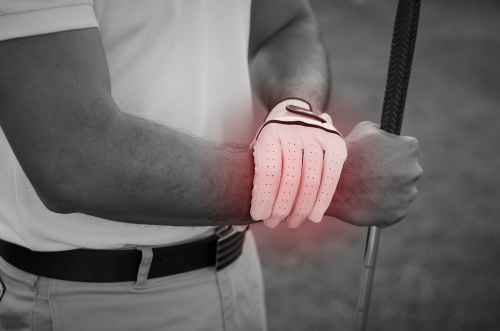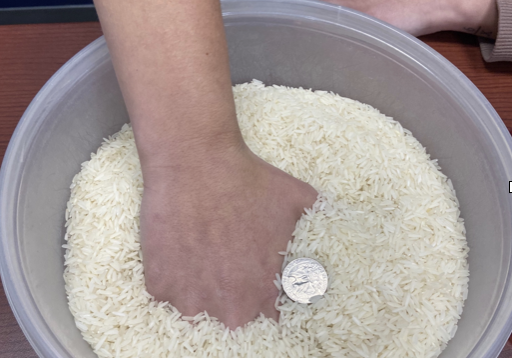Which is better for DeQuervain’s: Splinting or Injection?
Filed under Reviews
Rapid Review
Cavaleri, R., Schabrun, S. M., Te, M., & Chipchase, L. S. (2016). Hand therapy versus corticosteroid injections in de Quervain’s disease treatment: A systematic review and meta-analysis. Journal of hand therapy: official journal of the American Society of Hand Therapists, 29(1), 3–11. https://doi.org/10.1016/j.jht.2015.10.004
The Skinny: DeQuervain’s Tenosynovitis is a stenosing tenosynovial inflammation affecting the abductor pollicis longus and the extensor pollicis brevis in the 1st dorsal compartment. The treatment varies from conservative the surgical, and this review focuses on conservative treatment.

The authors performed a systematic review to compare the effectiveness of steroid injections with 1.) hand therapy splinting alone, 2.) hand therapy splinting with steroid injections, and 3.) steroid alone in treating DeQuervain’s.
In the Weeds: A total of 6 articles were included in the review, which included 334 patients. The mean age of patients was between 27 and 44 years. Three studies compared steroid injections with splinting, and three compared splinting with injections alone. No studies were included that looked at other forms of therapy such as physical agent modalities, exercise, and manual therapy. The time the splint was worn was not specified in the studies.
Bringing It Home: Both groups, including the corticosteroid injection and splinting group, improved overall function and decreased pain. More patients were treated successfully when combined splinting and steroid injection were used together.
Rating: 4/5 The study’s limitations include the lack of specification on the type of splint used and the specific regime. The outcomes measures did not look at the quality of life; instead, they focused on treatment success rate and pain relief. Research into different treatment regimes is needed to make sound recommendations for splinting duration.
1 Comments
Leave a Comment
More To Read
Soft Tissue Healing in Pediatrics
By: Chelsea Gonzalez Why do pediatric clients often not require as much hand therapy for soft tissue injuries when compared to adults? The simple answer: Kids have very elastic soft tissue, which can return to its original shape and position after stretch. This elasticity is lost with time as collagen fibers expand and their internal…
Read MoreStretching Alone Can Change P1 Bone Shape in Patients with Camptodactyly
Woo Hong, S. Kim, J., Sang Kwon, O., Ho Lee, M., Sik Gong, H., Hyun Baek, G., (2019). Radiographic Remodeling of the Proximal Phalangeal Head Using a Stretching Exercise in Patients With Camptodactyly. J Hand Surg Am, 1.e1-1.e10 The Skinny – Camptodactyly is a congenital, nontraumatic flexion contracture of the PIP in fingers other than…
Read MoreHand therapy intervention activities for Chemo-Induced Peripheral Neuropathy (CIPN)
Blog Post Written By: Rita Steffes Patients with CIPN may present with symptoms that include numbness, tingling, hypersensitivity to cold, loss of tactile or vibration sensitivity, decreased balance, and shooting burning pain in their hands These symptoms make it difficult for oncology patients to participate in all activities of daily living with dressing, meal preparation,…
Read MoreSign-up to Get Updates Straight to Your Inbox!
Sign up with us and we will send you regular blog posts on everything hand therapy, notices every time we upload new videos and tutorials, along with handout, protocols, and other useful information.






Great way of spreading many studies into a short outcome.